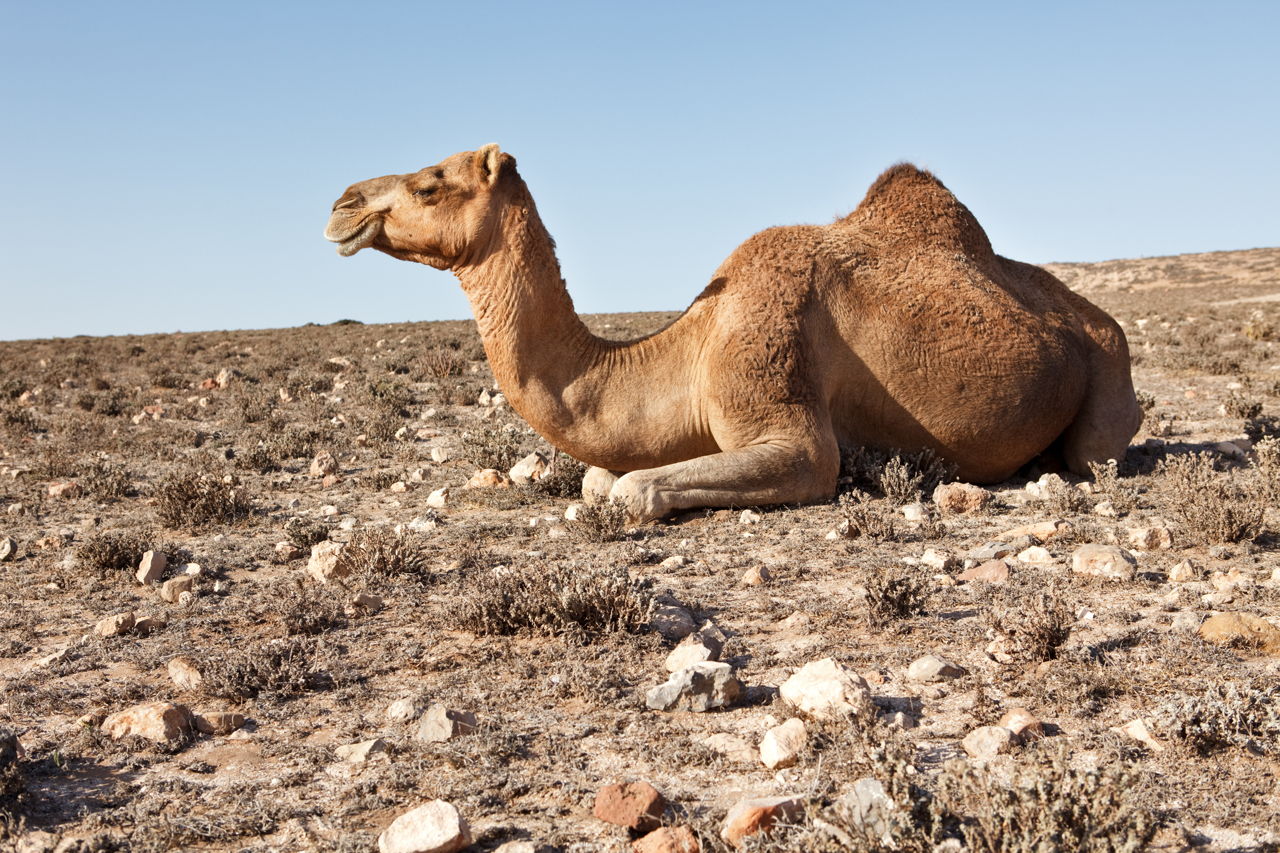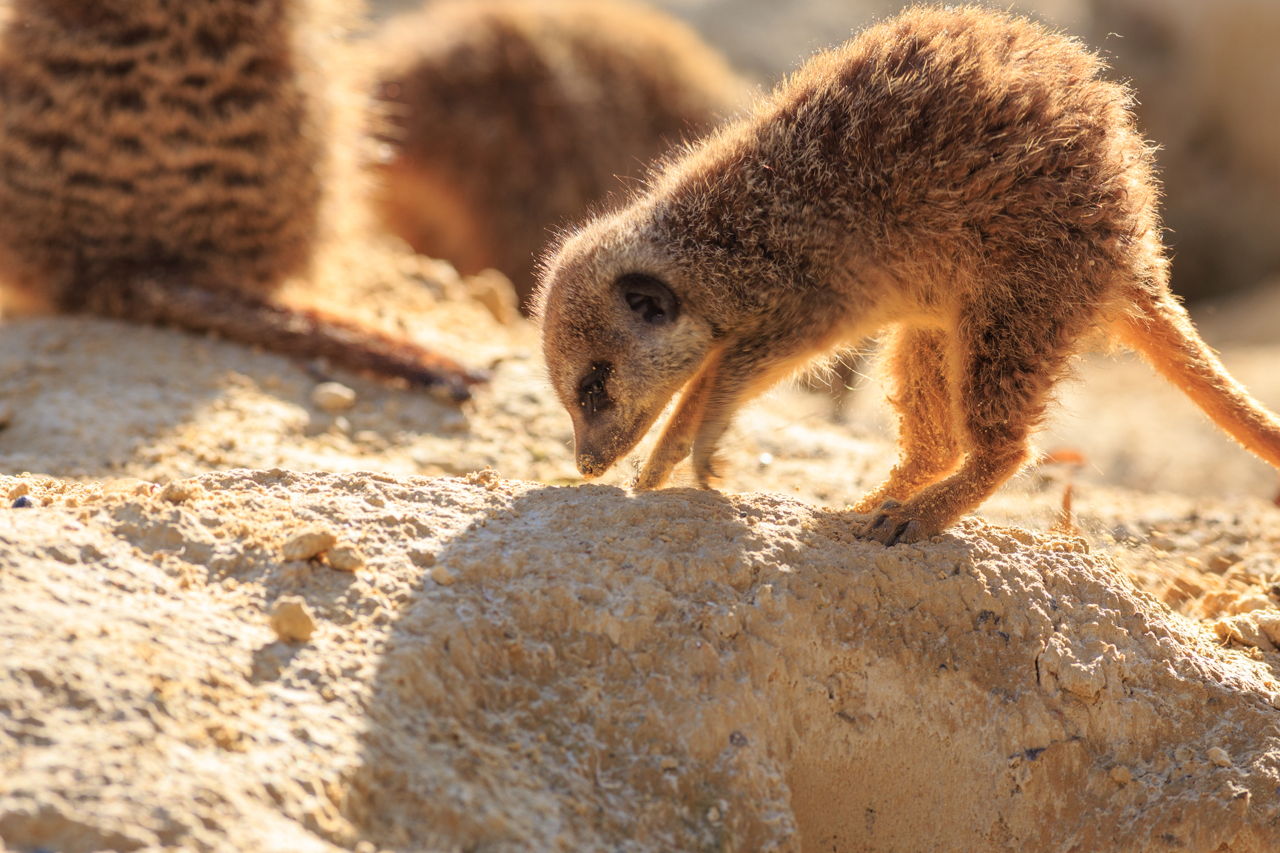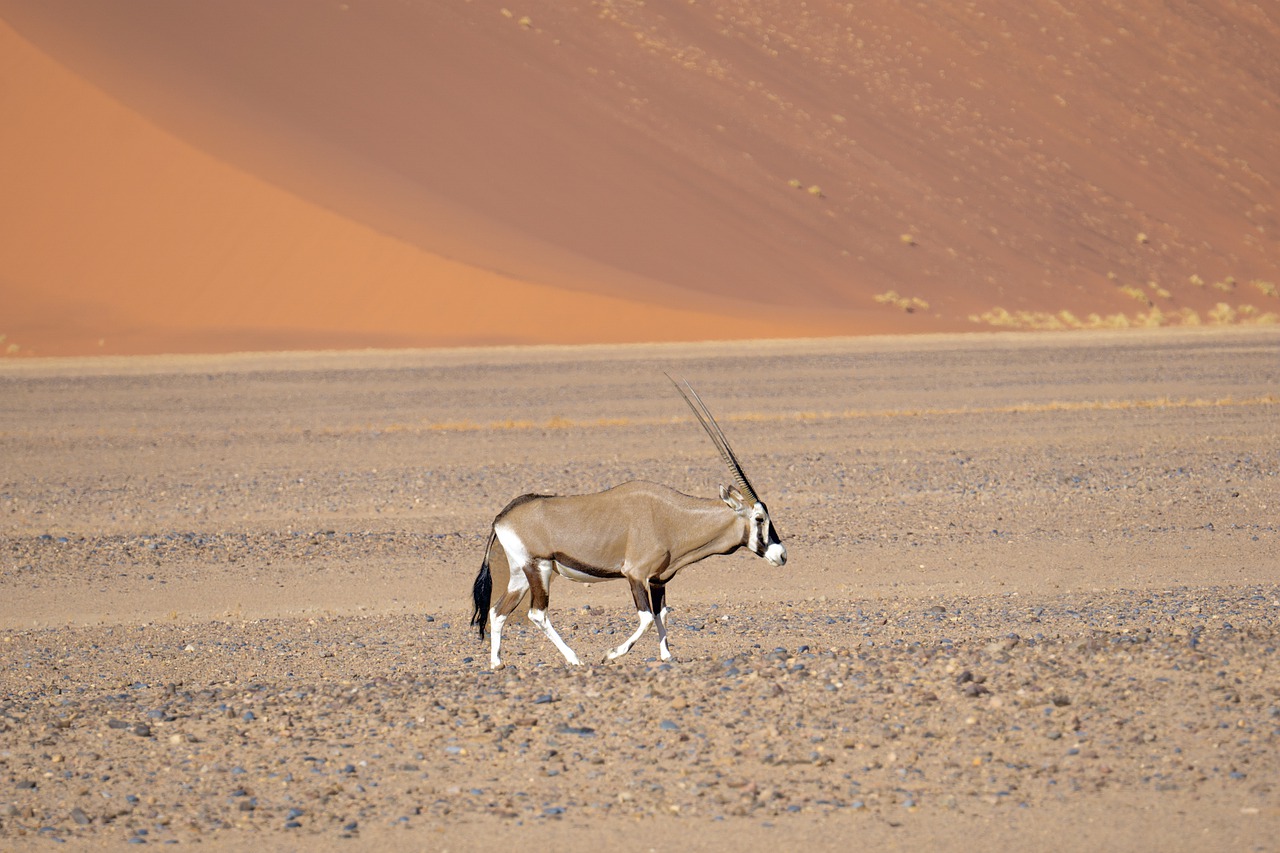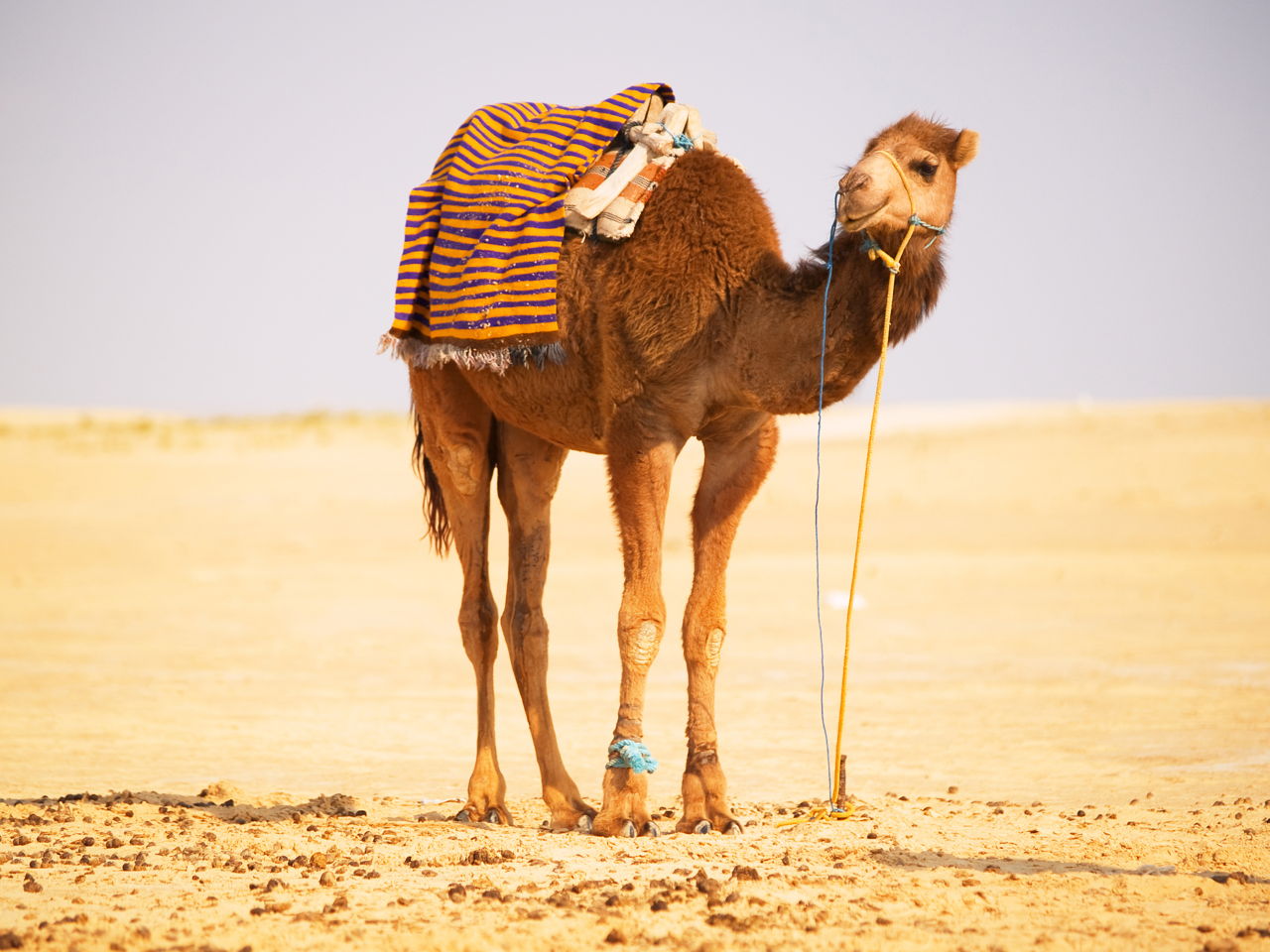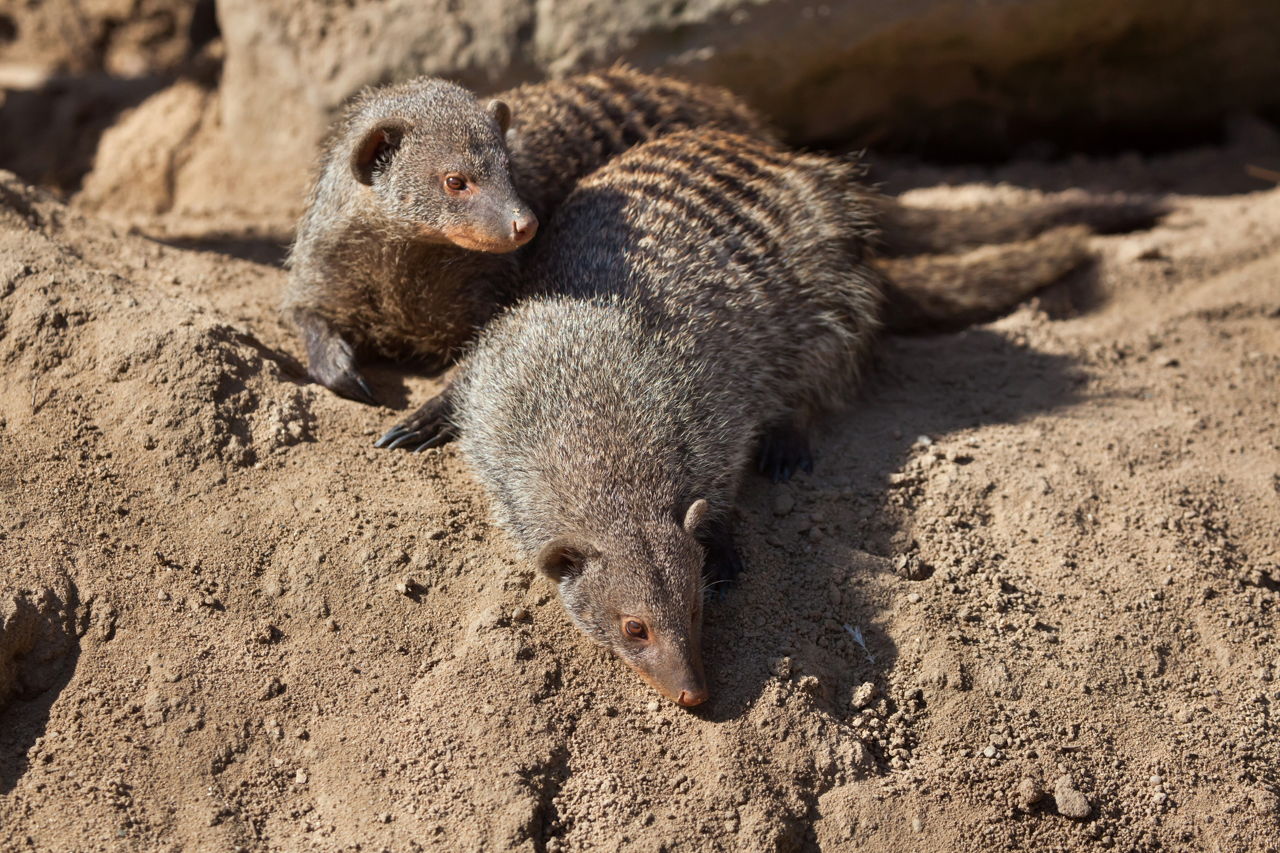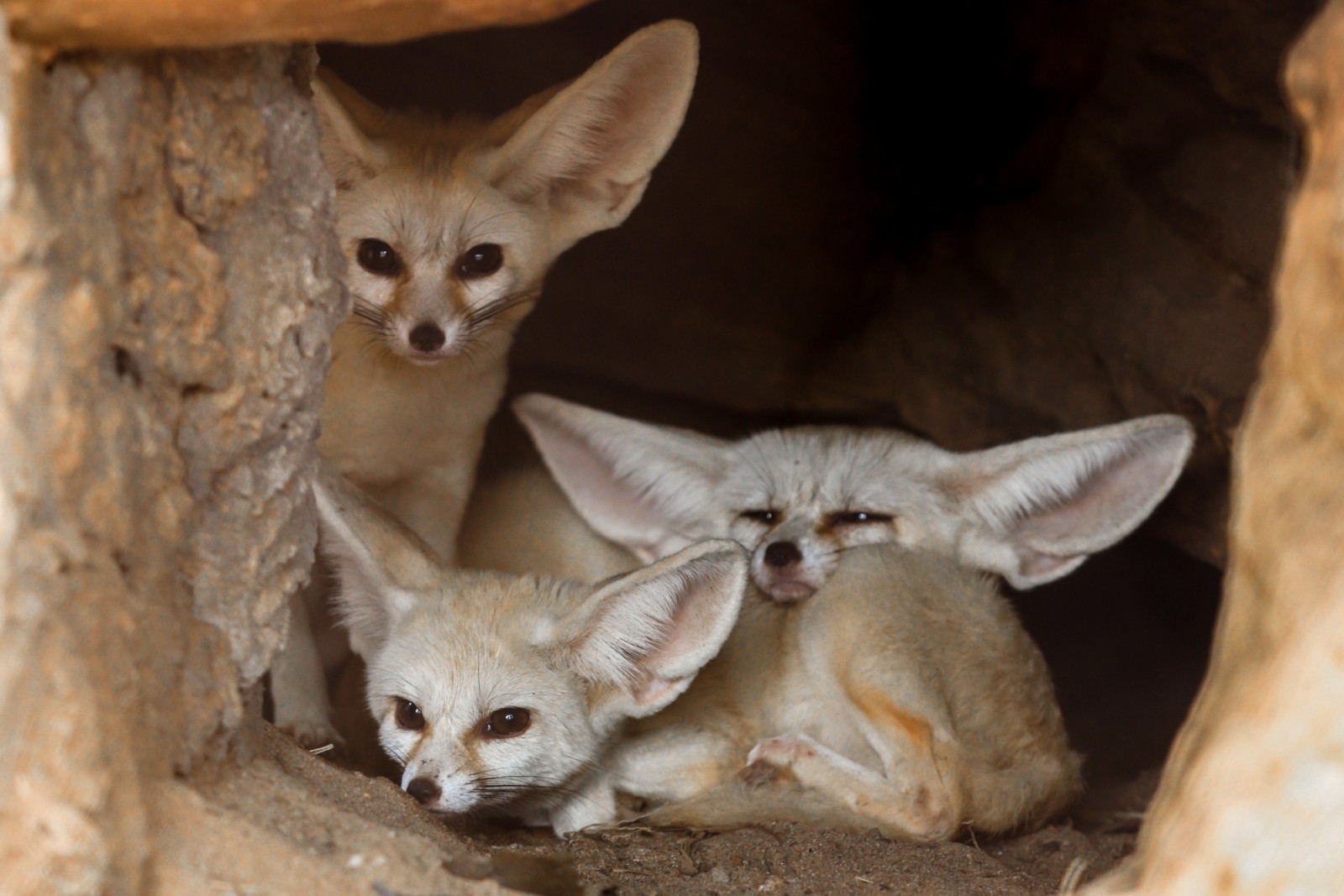Desert Animals Adaptations To Conserve Water
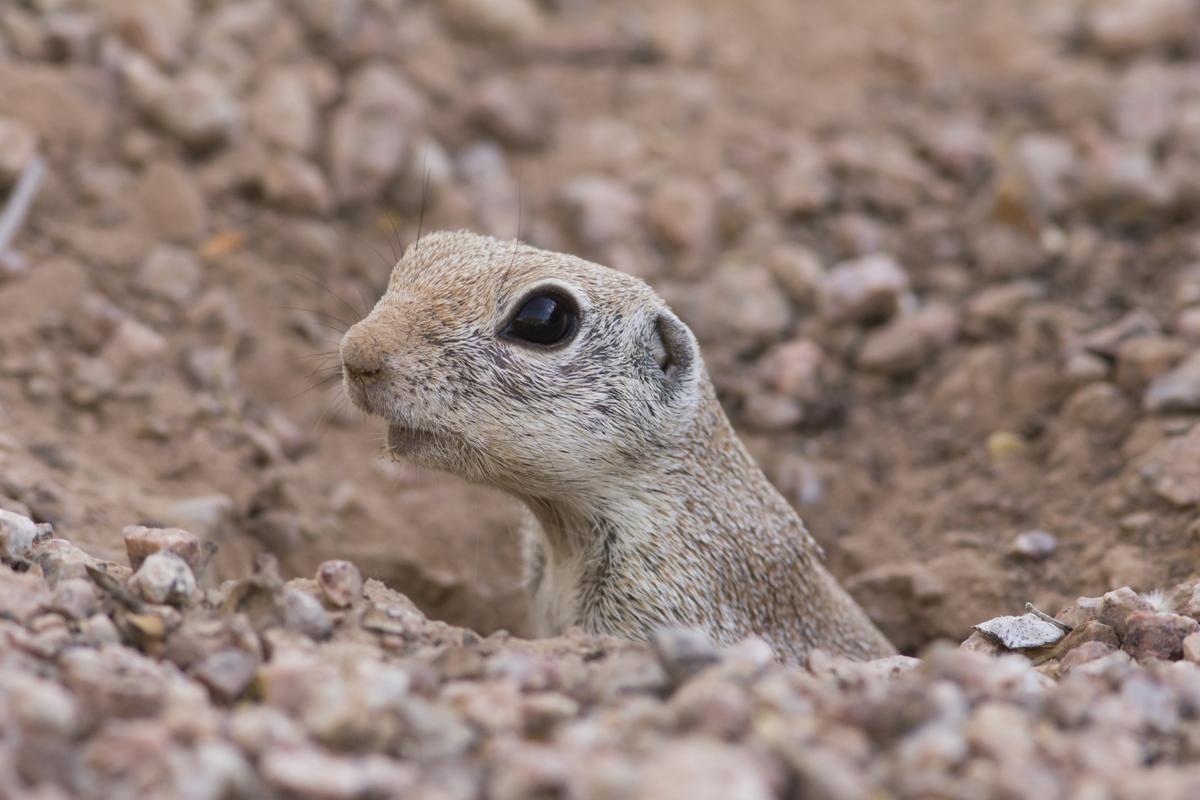
Adaptations of Desert Plants.
Desert animals adaptations to conserve water. Other common adaptations seen in desert animals include big ears light-colored coats humps to store fat and adaptations that help conserve water. Thus adaptations of desert animals are actually the adjustments to protect themselves against high temperatures to live without water and to conserve water as far as possible. Among the thousands of desert animal species there are almost as many remarkable behavioral and structural adaptations developed for avoiding excess heat.
Adaptations help desert animals to acquire and retain water and to regulate body temperatures which helps them to survive in the harsh conditions of the desert. One of the biggest water retention adaptations desert animals have is simply to avoid the sun and extreme heat. The pit animals are the excavators who dig galleries.
It gets all the water it needs from eating seeds. Equally ingenious are the diverse mechanisms various animal species have developed to acquire conserve. Nocturnal desert animals keep cool by being active at night whereas some other desert animals get away from the suns heat by digging underground burrows.
One of the biggest water retention adaptations desert animals have is simply to avoid the sun and extreme heat. In areas with a greater water supply the level of biodiversity increases as vegetation such as shrubs cacti and hardy trees. Other common adaptations seen in desert animals include big ears light-colored coats humps to store fat and adaptations that help conserve water.
Xerocoles are animals which adapt themselves to desert conditions. Plants in deserts have adaptations to conserve water. Do desert animals maintain water balance and body hydration level by conserving water better decreasing output as compared with non-desert species or by getting more water each day increasing.
The kangaroo rat which lives in the desert of southeastern Arizona is so good at conserving water that it doesnt have to drink at all. They have adapted in many ways to survive the harsh climate and conditions. There are a variety of mechanisms- Many of the small mammals have special adaptations such as convoluted nasal cavities and highly concentrated urine which conserves water-.

